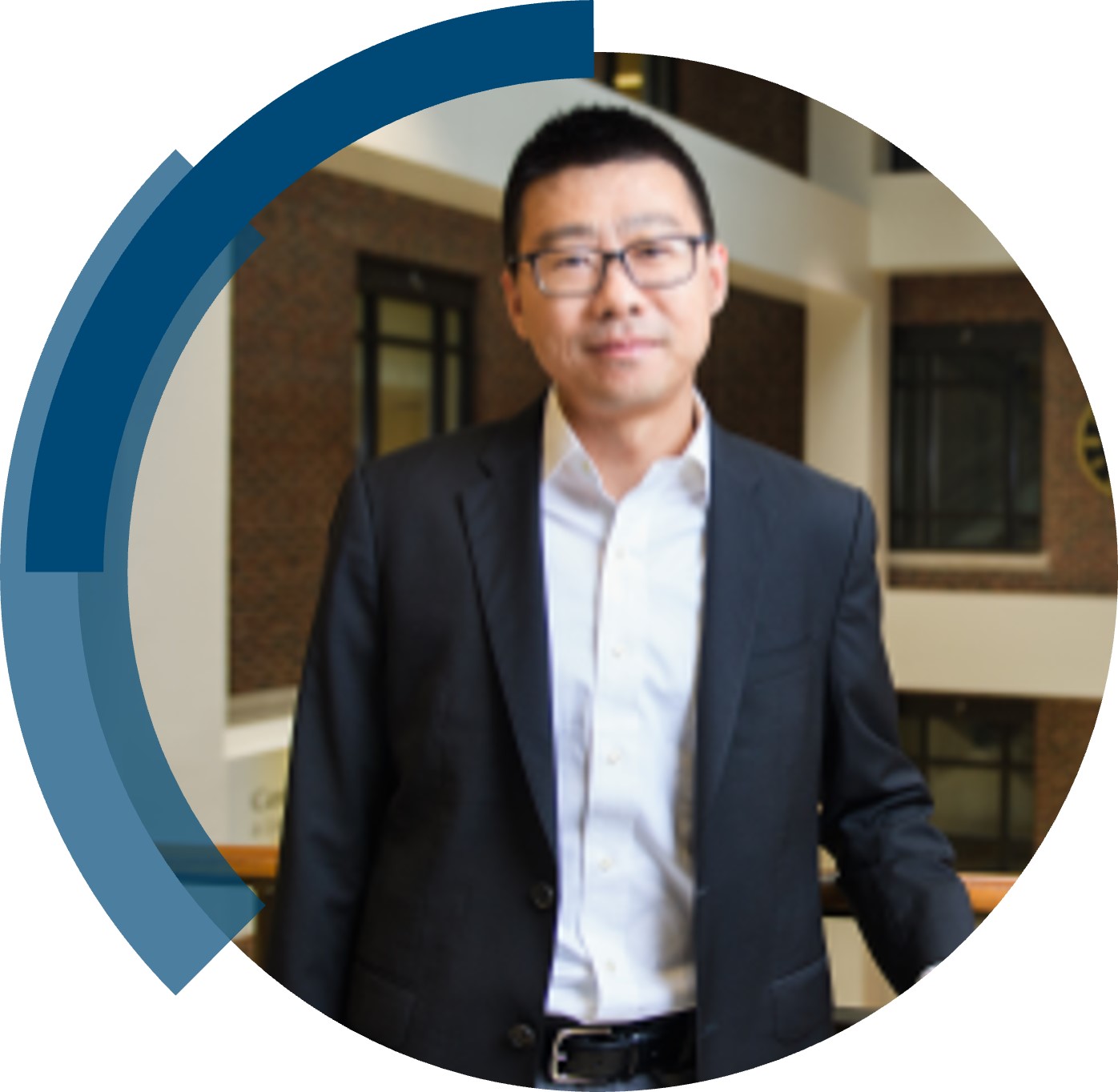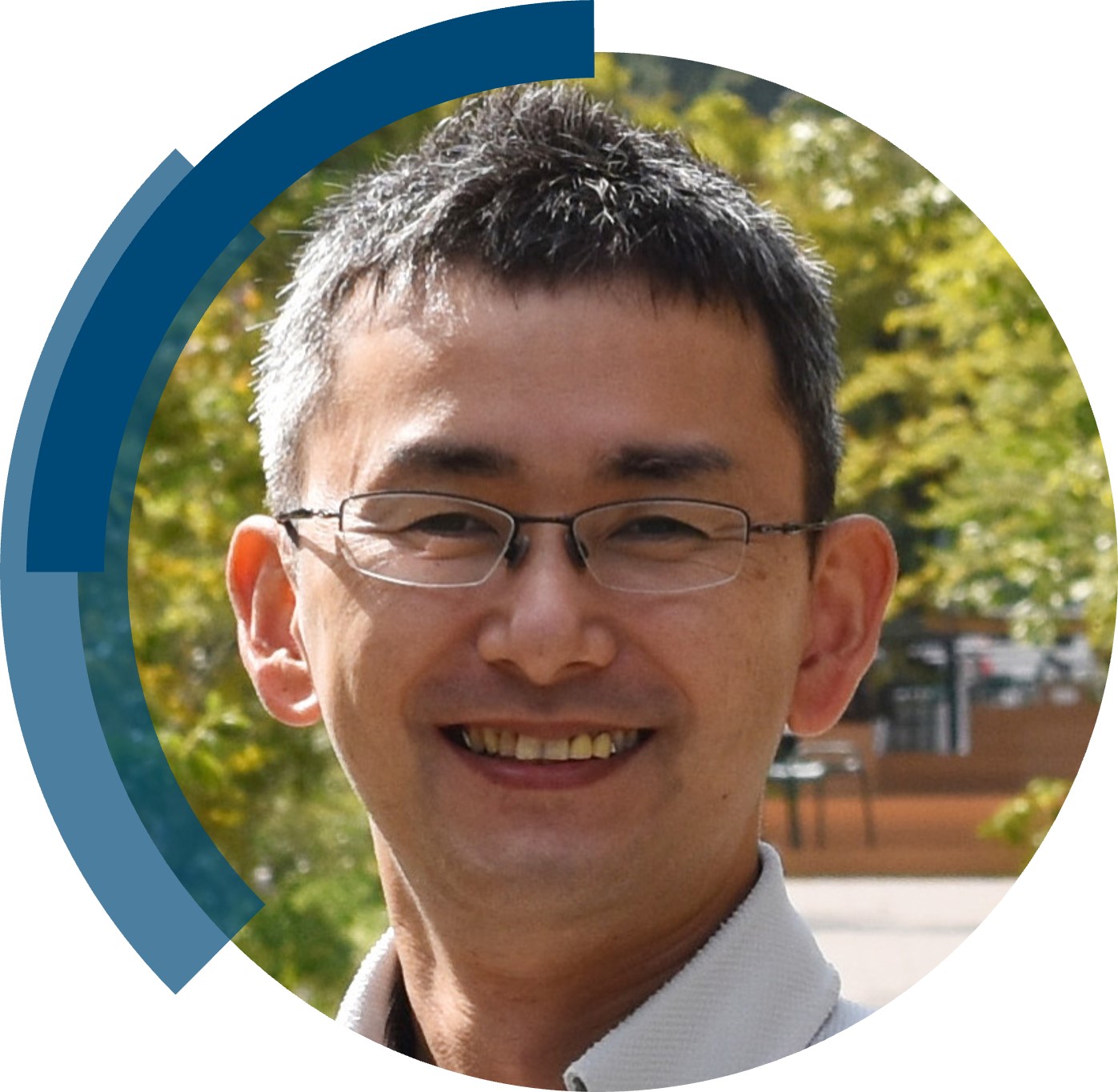ChemComm is publishing its 60th volume in 2024. Over the past 60 years, ChemComm has been the RSC’s most cited journal, and one of the most trusted venues for rapid publication of short communications. In our anniversary year, we recognise the important contributions ChemComm has made, and continues to make, in advancing the chemical sciences.
As part of our anniversary celebrations, we’ve brought together a collection featuring the latest research from some of our most loyal and dedicated authors. From those marking the beginning of their independent academic career by publishing their first article with us, to the rising stars and established leaders publishing in our yearly ‘Emerging Investigators’ and ‘Pioneering Investigators’ collections, this collection champions the contributions of our worldwide author community. We are proud many authors choose to support our journal by regularly publishing their best work with us. This collection also features papers from our ChemComm Emerging Investigator Lectureship winners, and our Outstanding Reviewer awardees, whose invaluable feedback has shaped our published content through the years.
To accompany the collection, we’ll be publishing interviews with contributing authors where they provide further insight into their research and reflect on their journey with ChemComm.
Check out our interview with Professor Matthew J. Langton (University of Oxford, UK) below!
What is your favourite thing about ChemComm?
I appreciate the fast publication process, coupled with quality peer review and great science
In what ways do you think ChemComm stands out among other journals in your field?
The short communication format, which is well suited to urgent and impactful studies, and ensures the papers remain focussed
Are there ways in which the journal can further support and engage with future generations of scientists?
At the start of an academic career, when you step away from the umbrella of your mentors and supervisors, increasing your profile is so important. Any ways to help promote new researcher’s groups – both the PI and the team they are building, such as interview, team profiles etc. – is so useful for supporting the leaders of the future as the embark on their independent journey
Could you provide a brief summary of your recent ChemComm publication?
This work builds on an on-going programme in my group developing transmembrane ion transport relays – molecules which can pass ions across a lipid bilayer membrane. In this paper, we show that photo-responsive relays, which can be switched on and off using different wavelengths of light via photo-isomerisation of an azobenzene in the relay molecules, are very sensitive to the relay length. We use this observation to control the system – so that we can reverse the switching sense of the system, enabling control using alternate wavelengths of light.
In your opinion, what are the next steps or potential areas of research that could build upon the findings in this paper?
We anticipate that this work could lead to new ways to control ion transport in cellular systems, as well as provide a platform for developing new types of transmembrane molecular machines.
Be sure to read Matthew’s open access #HOT article, “Length dependent reversible off–on activation of photo-switchable relay anion transporters” to learn more!






















